“In Sight of Stars” Review
By Wednesday Books Publication
“For my part I know nothing with any certainty, but the sight of the stars makes me dream.” -Vincent Van Gogh
March 1, 2019
On my quest to find a book that did not depict mental illness unrealistically, I came across Gae Polisner’s “In Sight of Stars.” Reviewers raved about the book’s powerful story, realistic depictions and great characters. So I had to get the book to find out if it was all true. I was not disappointed.
The story centers around a character named Klee (pronounced Clay) who ends up in a psychiatric hospital due to a mental breakdown. There, he undergoes intensive therapy where he, along with the audience, look back into his past to understand why he ended up where he is.
Klee is an artist, sharing the same passion as his late father. The two worshipped many artists, but particularly Van Gogh. In many ways, Klee, his father, and Van Gogh’s lives parallel each other. Klee’s father killed himself, like Van Gogh, and Klee ended up in a psychiatric hospital, also like Van Gogh.
Klee has never really healed from his father’s death. Through his time in the psychiatric hospital, Klee is finally given a chance to. Talking to his therapist, Dr. Alvarez, he bares his soul and uncovers the pain he tried to stuff down. His story of suffering and trying to move on from the death of a loved one is something that will captivate readers, as some might understand what Klee is going through.
The book is categorized as a Young Adult novel, which I was a bit apprehensive of. I personally haven’t had good experiences with YA novels. They tend to be too skin-deep or rely on typical stereotypes that I hate. Thankfully, this book had none of that.
Klee is a unique character I can relate to. He’s not exactly a happy person, but he isn’t depressing either. He sees everything differently through art, from what was taught to him by his father. He relates everything to Van Gogh, who was a very complicated man himself.
What made me love Klee even more was the vulnerable moments where he questions whether he is insane or not. Moments where I can imagine myself in his place, where, if I had done the same things he did, I would be asking myself the same thing.
Dr. Alvarez helps Klee break down what happened to him, helping him understand that it was a human mistake. The people Klee meets at the hospital help change his perspective on what “mentally ill” means. By the end of the book, Klee, along with the audience, has developed a more mature perspective on mental health.
I highly recommend everyone read this book as a way of challenging your current perspectives. Klee has a beautiful journey throughout the story, of understanding himself, accepting his flaws and gaining a new perspective on life. With this story, you will go through that same journey, and become a better person because of it.



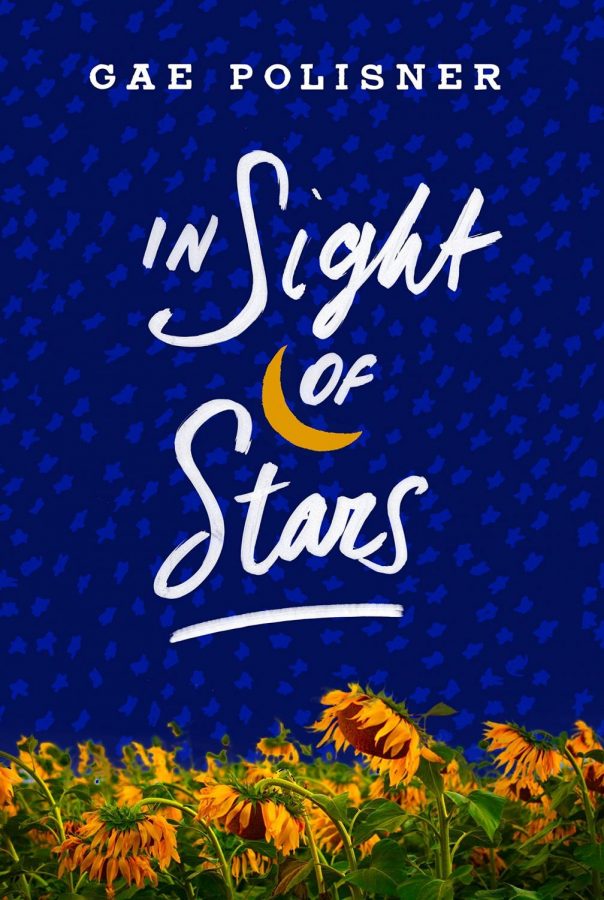
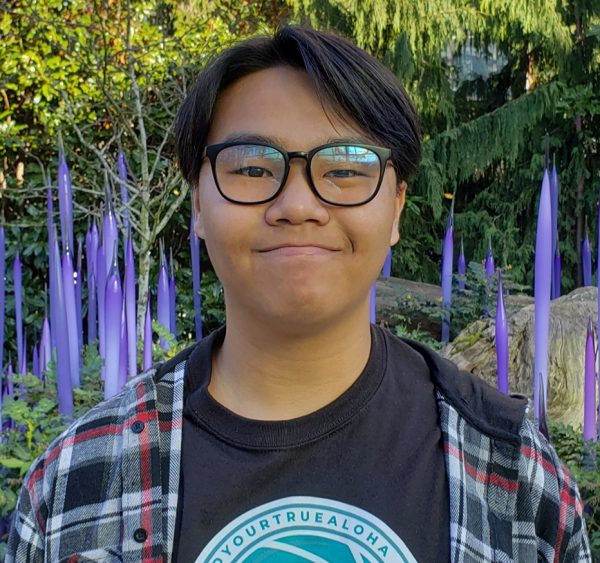

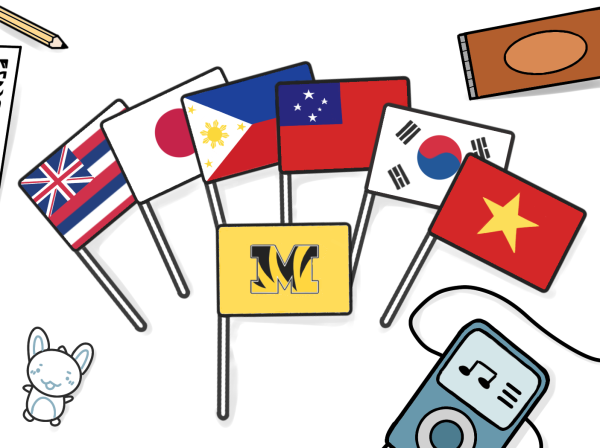

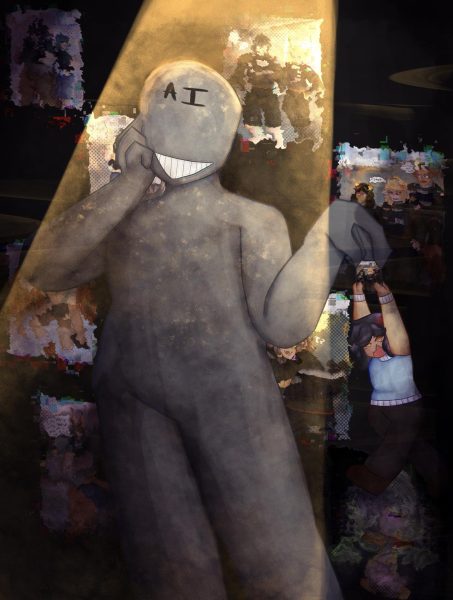
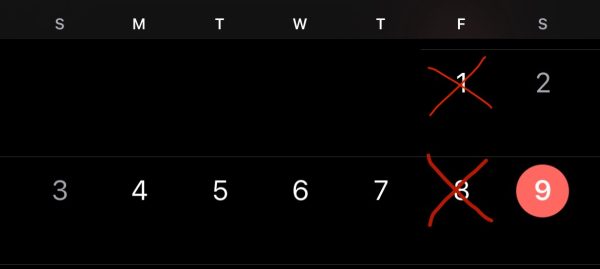
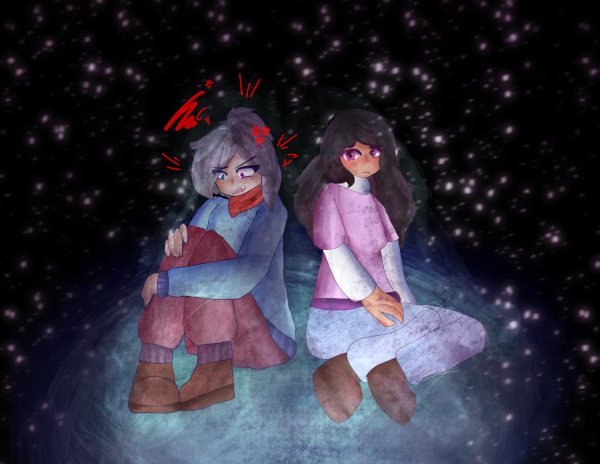
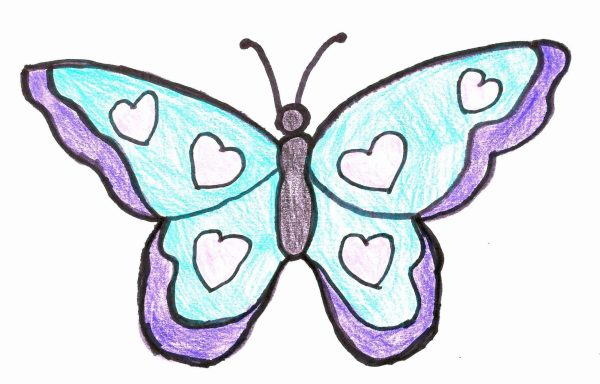
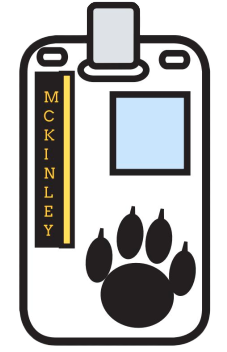

Gae Polisner • Mar 1, 2019 at 1:25 PM
Hey, Thompson,
This showed up in my google alerts this evening. I’m blown away by your gorgeous review. Thank you. Shared it on some of my social media. <3
Keep reading,
Gae